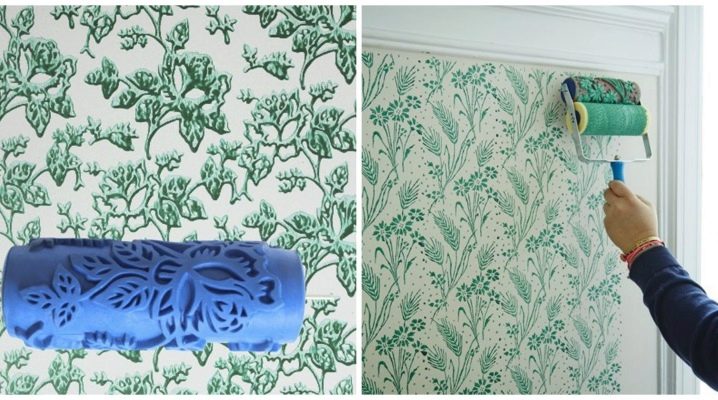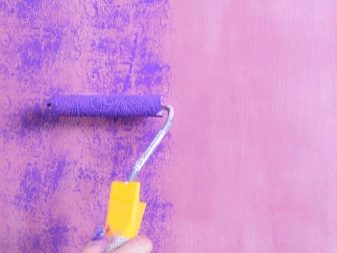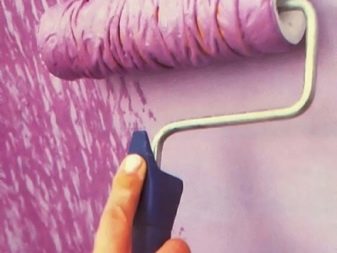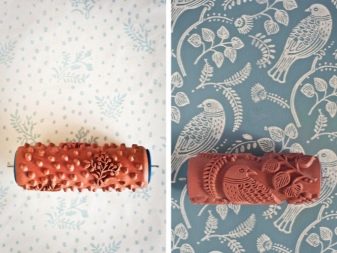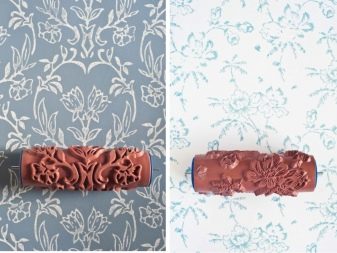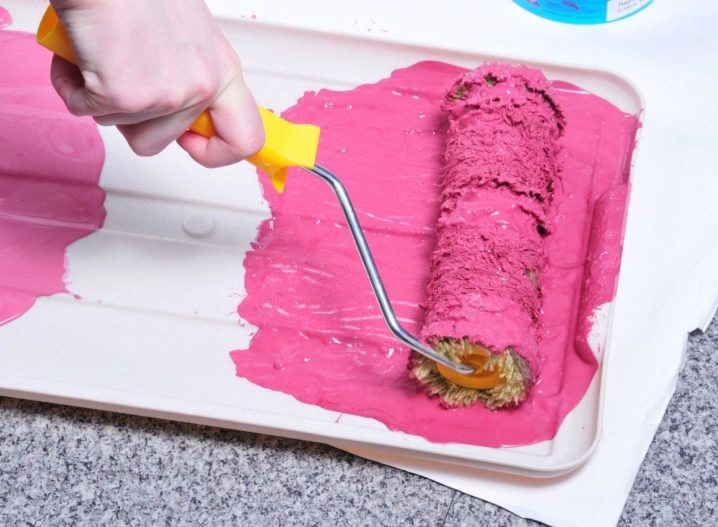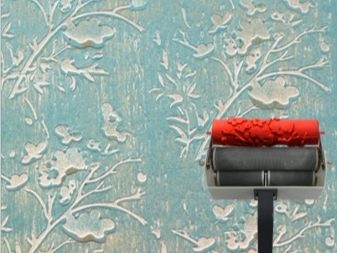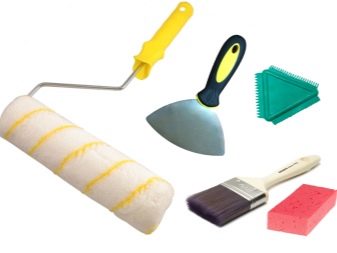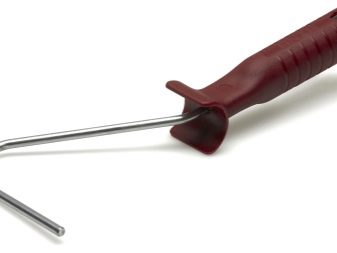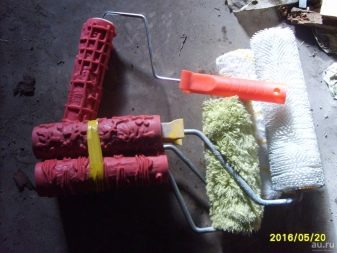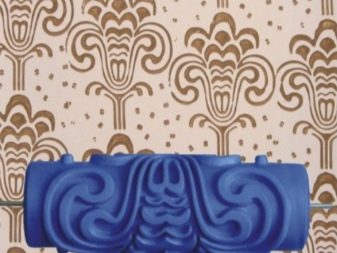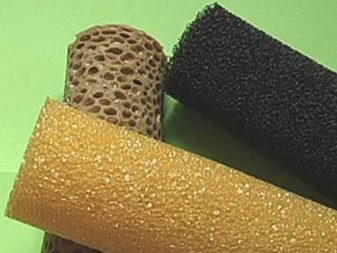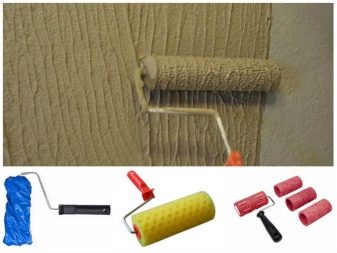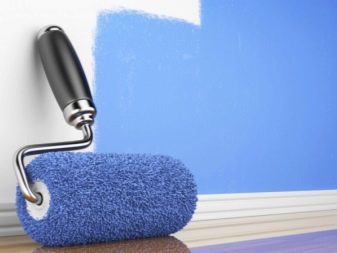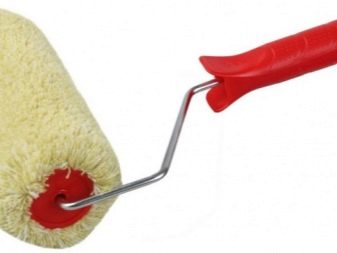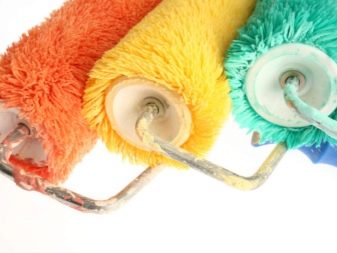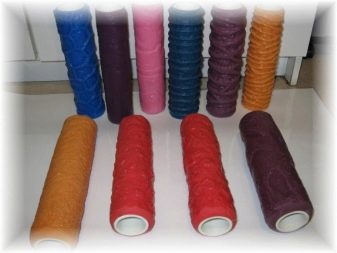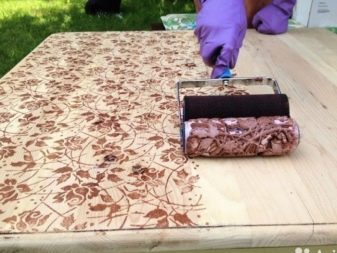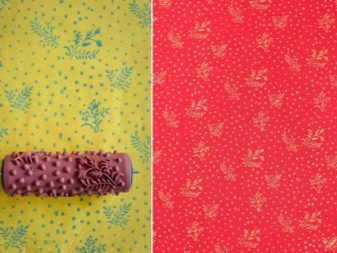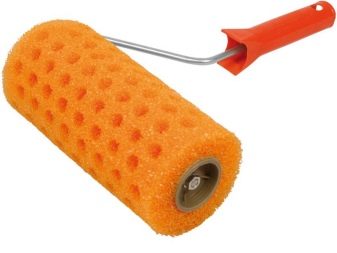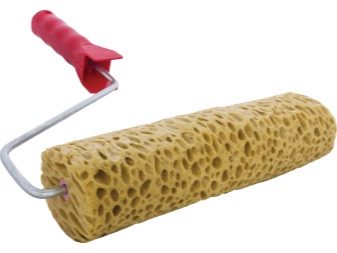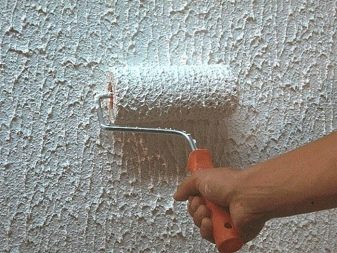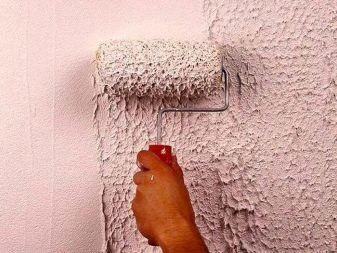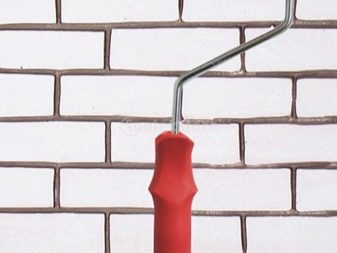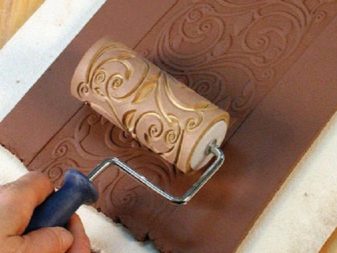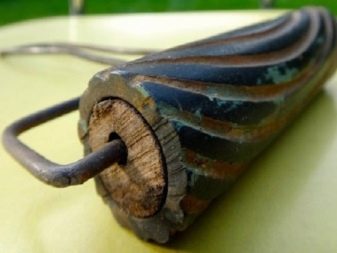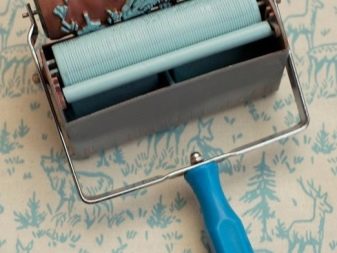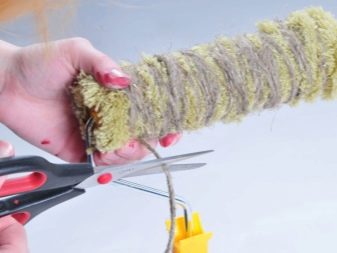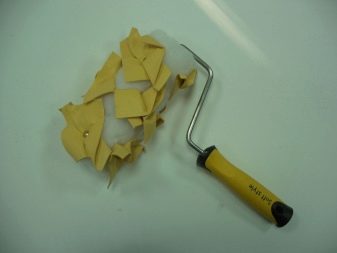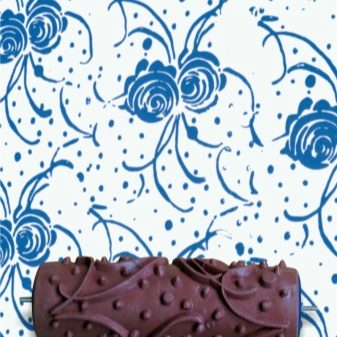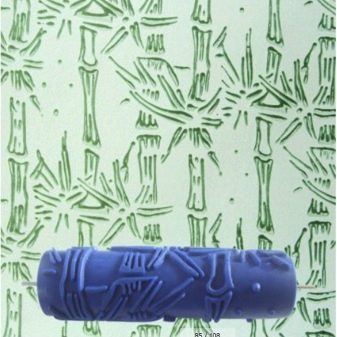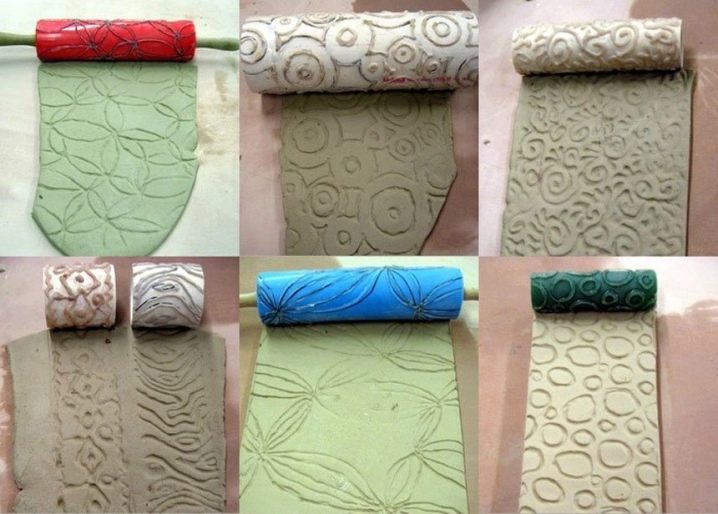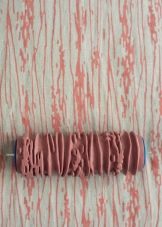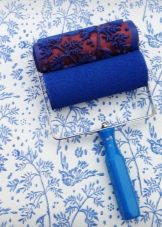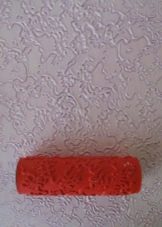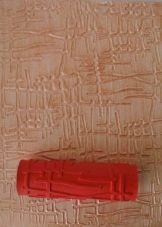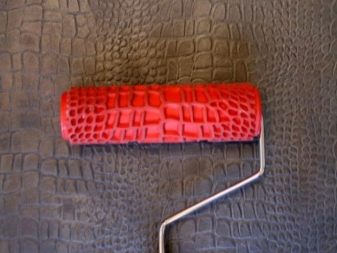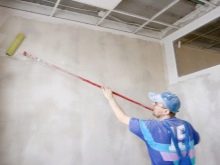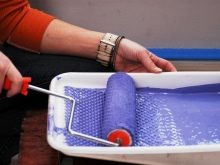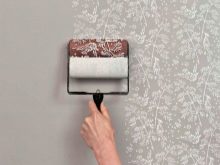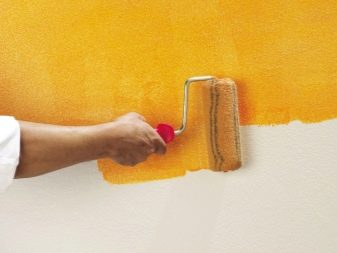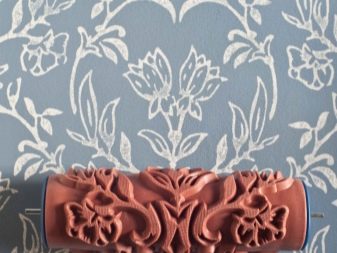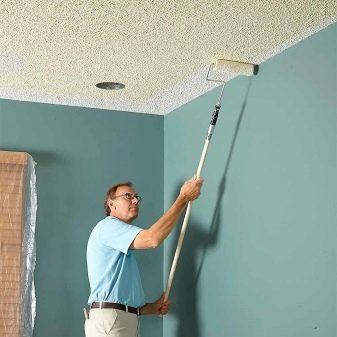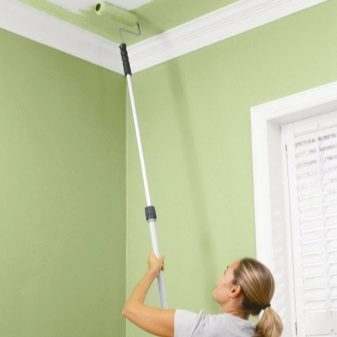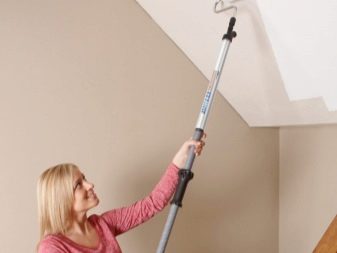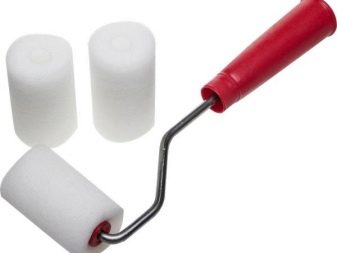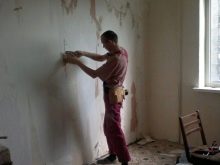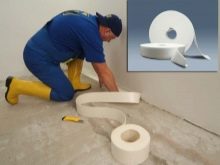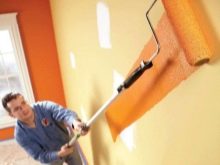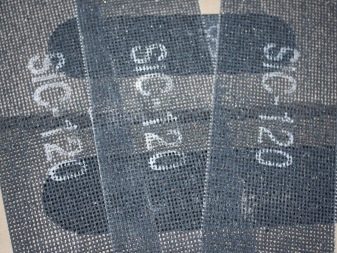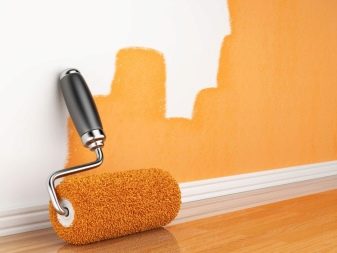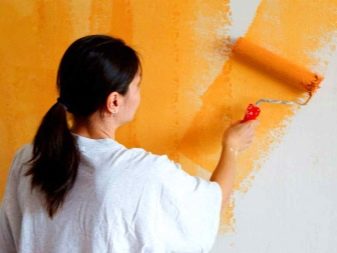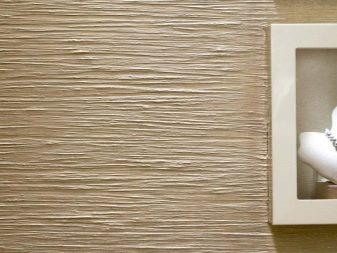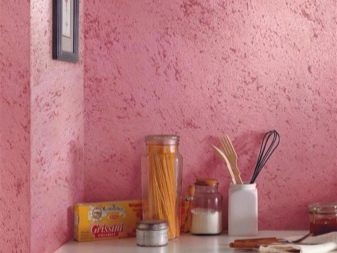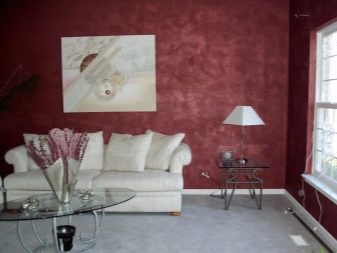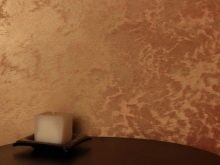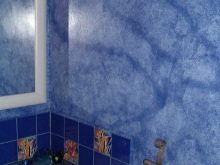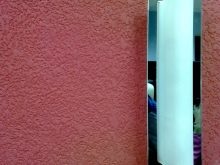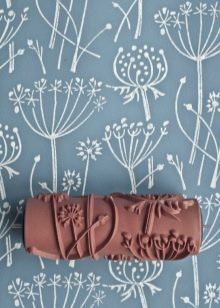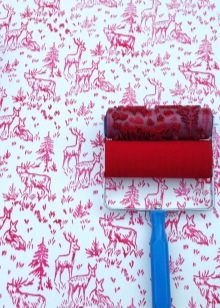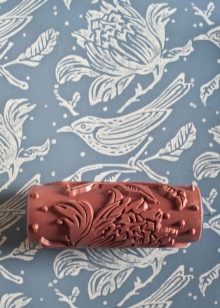Textured rollers for painting walls: features of use
When creating the original interior in the room, especially if it concerns the decoration of the wall covering, experts use tools of various kinds in their work. Among this variety, special attention should be paid to textured rollers, which are far from the last place in the list of popular paint fixtures.
What is it needed for?
Decorative rollers are used to apply various patterns and reliefs. This result is achieved thanks to embossed textures of various kinds on them. Due to its ease of use, the implementation of interior solutions in the design of the room will be under the force of anyone who wants it and without additional help from specialists. The main positive feature of the rollers is the fact that the cost of their purchase pays off due to the large operational period, as well as multi-functionality.
Any paint is suitable for working with a textured roller. In some cases, it is used for plaster. Therefore, before buying a particular model, you should explore all the varieties of this tool.
Kinds
Previously, to give the surface the necessary relief, they used all sorts of improvised objects — a stiff brush, comb, sponge, and knitting needles. To date, the existing range of construction tools makes it possible to choose a roller with a ready-made pattern for decoration. With its help, a real relief pattern is created on the wall, ceiling, or interior and furniture.
All types of rollers are united by their simple design.
It consists of four components:
- pens;
- rod;
- roller;
- nozzles
Textured rollers can work in several ways. The first option - stencil - is to use the tool for decoration by stamping the image. The second method involves treating the wall or ceiling with a rough roller to obtain a pronounced result.
Depending on the type of surface of the nozzle, there are several types of tools.
The nozzle can be made of the following materials:
- silicone;
- rubber;
- foam rubber;
- plastic;
- the cloth;
- leather;
- fur;
- tree;
- Styrofoam
Rollers with silicone or rubber nozzle with a pattern will create a “wallpaper” pattern on the wall. There are rubber nozzles with a relief on the surface, when working with which you can get the effect of "rain" or "pea."
Foam rollers for high-quality and beautiful painting should be with deep pores of different sizes, due to this, traces in the form of craters or bursting bubbles form on the wall. A tool with a plastic cylinder leaves non-trivial drawings on the walls, forming various kinds of bulges.
The soft texture of the nozzle when plastering sets the effect of a “fur coat”. Decorative fabric rollers with a crushed texture imitate marble finish, to imitate a natural stone, they use an instrument with a leather nozzle.
Fleecy rollers create a "fur" effect. The size of the pile and the material of such a tool is distinguished by its diversity. The raw material for the manufacture of nozzles can be either natural fur or polyamide threads.
Wooden rollers are perfect for a pronounced figure decor. Hard coated tools will be the most suitable option.The cost of such a painting device is higher, but this is easily compensated by the possibility of its reusable use, as well as environmental friendliness.
The effect of "under the brick" on the wall will work when working with foam tools, the surface of which is divided into rectangles in a checkerboard pattern. The pattern in the form of bamboo stems is obtained from rollers with corresponding cut grooves.
All types of rollers - rubber, leather, sponge and other applicable for work with a flat surface. However, rollers with rollers made of wood and metal are considered most suitable for plaster. It is not recommended to use them with oil paints, as they are not able to maintain a sufficient layer of paint on the surface.
To upgrade ordinary foam rollers, you can use twine or pieces of foam rubber.By placing them diagonally or in any other direction. This method will help to create a natural pattern, for example, repeating the structure of the bark of a tree. To create a frosty morning ornament, you should use any textured crumpled fabric (cotton, linen).The roller is wrapped with the selected material and then such a texture tool is used in the work of decorating the surface.
When purchasing a roller, always take into account the amount of future work. For large areas for painting, a tool with a long handle and a large roller is ideal. Stencils are rolled and corners are machined with a smaller roller.
Dimensions
Due to its simple design and good functionality, rollers are an almost indispensable attribute used in the process of interior decoration.
In size, they are divided into the following types:
- mini - with their help, work is done on small areas, rollers are convenient for applying stencils, have a width of up to 150 mm;
- MIDI - the most popular type of instrument, versatile in use, its width is 150-200 mm, with a diameter of 50 to 90 mm;
- Maxi - the tool is used to work on uneven areas, with aggressive materials and structural types of paints. Designed for painting large areas, so it is also called the front roller.Its minimum width is 250 mm, diameter - from 80 mm.
As practice shows, the greater the width of the tool, the faster the process of applying the coloring composition. But, armed with a narrower tool, it becomes possible to get a clearer pattern structure as a result of the work.
The result of the work done depends largely on the quality of the purchased goods. Until recently, instruments of this category were necessarily tested for compliance with GOST. Textured rollers manufacturers of construction tools today are offered in large quantities and range.
Features of work
It is not enough just to buy a good quality tool for the implementation of the plan. The main thing is to understand all the intricacies of painting walls or ceiling with their own hands.
How to work with a textured roller is a question that may seem strange, since the simplicity of the tool’s construction speaks for itself about the impossibility of making any mistake in the process of applying paint. However, during the use it will become clear that there are several important rules, the observance of which guarantees getting the perfect result.
Technology of work:
- Before painting you need to decide on a plan for its implementation. It is recommended to start work from the corner of the room, located near the window.
- Paint should be poured into a special container of a suitable size in order to conveniently dip a tool into it.
- Each tray is provided with grooves, designed to roll the paint roller on them to evenly distribute the composition on the surface of the nozzle.
- No need to push hard on the tool.
- The technology of applying a textured roller involves applying a second layer of the coloring composition only after the first one is completely dry.
- When fully painted, special attention must be paid to the absence of poorly painted spots.
- Apply paint with a roller to paint the entire wall from the bottom up and in the opposite direction.
- Best of all, the movement of the tool is directed slightly diagonally away from itself.
Painting the ceiling should be approached with particular care, since it is much more difficult to work with a similar area. Almost everyone is interested in what type of tool should be used when working with the ceiling.
When buying a roller for these purposes, it is worth focusing on the following points:
- for the rough surface of the ceiling it is worth buying a tool with a maximum length of the pile;
- the core of the tool for greater convenience should be from 30 to 40 cm;
- if the nozzle has a seam, stripes will necessarily remain on the surface to be painted, as a result the surface cannot be made perfectly smooth and even.
Compliance with simple rules when painting walls and ceilings using an textured roller helps to avoid uneven paint and paint overruns. Before starting work, you need to be sure that all the necessary extras are available. In some cases, for example, pen extensions or mini rollers may be needed.
Texture rollers require strict adherence to technology and time allowed for drying paint.
Instructions for independent work:
- the working surface must be carefully leveled with a putty, cleaned from dust and other contaminants, and also primed;
- the working area is separated along the borders with a masking tape; the floor and furniture are covered with film, newspapers or other materials;
- works are performed from top to bottom; the adjacent strip must not overlap;
- Reaching the ceiling, the roller is pressed to the top, then the wall is processed with a standard press on the tool;
- corner areas are brushed;
- too convex pattern is easily corrected by a mesh for grinding.
Painting the walls with a roller requires care, slow and smooth movements. The use of textured rollers in the work reduces the time for repairs, improves their quality, but, most importantly, allows you to transform the interior of the room and realize any ideas.
Beautiful examples in the interior
An interesting and always winning solution that can transform the interior of the room and breathe new, fresh notes into it is considered decorative painting of walls with the use of structured rollers. Having adopted this simple tool, it is possible to realize many modern design ideas in a private cottage, apartment or office. Original texture, rich colors, artistic images, imitation of natural materials - all this can be recreated in the interior of the room, using your imagination, with minimal cost to purchase expensive materials.
Walls painted with a textured roller - a great and practical idea for the kitchen. Unlike paper wallpaper, textured coating is resistant to ultraviolet radiation. From this surface, any kind of dirt can be easily removed with a regular rag.
In addition, the excellent moisture resistance of this color will decorate the bathroom, creating the effect of natural stone on the walls, visually increasing the space and adding luxury to the interior.
Using a roller made of cloth on the wall, you can create irregular shapes, such an effect of abstraction is ideal for a living room.
Floral designs, images of animals or birds on the wall in the nursery will delight the little owners and guests, transferring them to the world of fairy tales and wildlife.
Add paint, once and for all get rid of the monotony in the interior, as well as to realize all your fantasies, you can use textured rollers for painting walls. The tool will allow to achieve original solutions in decorating the premises, even using ordinary paint.
Review structural rolls below.
